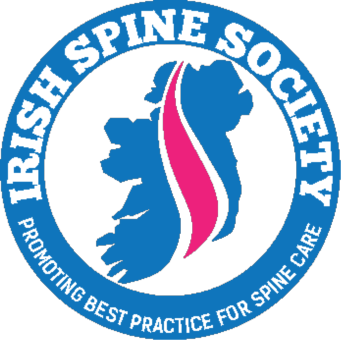Position statement on MAGEC rods
Dear Parent/Guardian,
RE: MAGEC growing spinal rods
We are writing to you as your child has had treatment for scoliosis with the MAGEC growing spinal rods. You may have seen the recent publicity on the television and in the Press about the use of new medical devices and implants and this included some comments about the MAGEC rod in particular. We understand that this may have caused anxiety. We hope that this letter goes some way to explaining the issues regarding the use of the MAGEC rods and alleviating some of the inevitable concerns raised by this publicity.
“Growing spinal rods” are only used in children with worsening scoliosis who are too young to perform a fusion – early onset scoliosis - and who need a "growing" system to prevent further curvature of the spine, allow straightening of the spine but also allow growth of the spine. This group of patients present a unique challenge and we are constantly searching for the possible treatment option for these patients. The option available before MAGEC was to use surgically lengthened rods, which required operations to lengthen the rod every six months, often leading to more than 10 operations in each child. The complication rate of this form of surgery is high, not to mention the psychological stress of repeated hospitalisation, pain, time off school for the patient and time off work for the parents. MAGEC rods have been available for 10 years in the United Kingdom (4.5 years in Ireland) and have only been used in specialist centres by a small number of surgeons for specific types of scoliosis across the UK and Ireland. As you will be aware, MAGEC rods allow lengthening without the need for the child to return to theatre; they still have complications such a rod breakage and loss of fixation to the spine, just like traditional surgically lengthened rods but they have the potential to reduce the need for repeated surgery and the attendant risks, such as infection.
MAGEC rods do not always perform perfectly; in some, the mechanism fails and the rods fail to lengthen as expected and this can sometimes be associated with staining of the tissues around the MAGEC rods with metal wear dust (called metallosis). There is no current known risk associated with this metal staining but of course it is necessary to monitor for any potential problems that may arise. We are very aware of this and are following up this potential problem closely. Following the decision by the National Institute for Health and Care Excellence (NICE) to make MAGEC rods the preferred choice of growing rod treatment in progressive early onset scoliosis, the British Scoliosis Society (BSS) advised spinal surgeons to submit the details of MAGEC operations to the British Spine Registry so that we can monitor the use and outcome of the system. The BSS position is that any MAGEC rods that are removed, for whatever reason – such as breakage, failure to lengthen, or because the patient has reached the stage where definitive fusion is required – should be submitted to one of the recognised, independent engineering laboratories for rigorous analysis and investigation. Each year, we have discussed the outcomes at our National Annual General Meeting and the agreement has been to date that whilst there are some problems with the use of MAGEC rods, as there are with any treatment options for this condition, they remain the available option for many children with severe, life threatening scoliosis.
As a society committed to providing the possible care to patients with scoliosis and their families, we will continue to monitor the MAGEC rods system closely, as we have been doing since their introduction. If you have further concerns, we would recommend you discuss this issue further with your own surgeon, who we know will be very happy to meet and discuss this with you.





